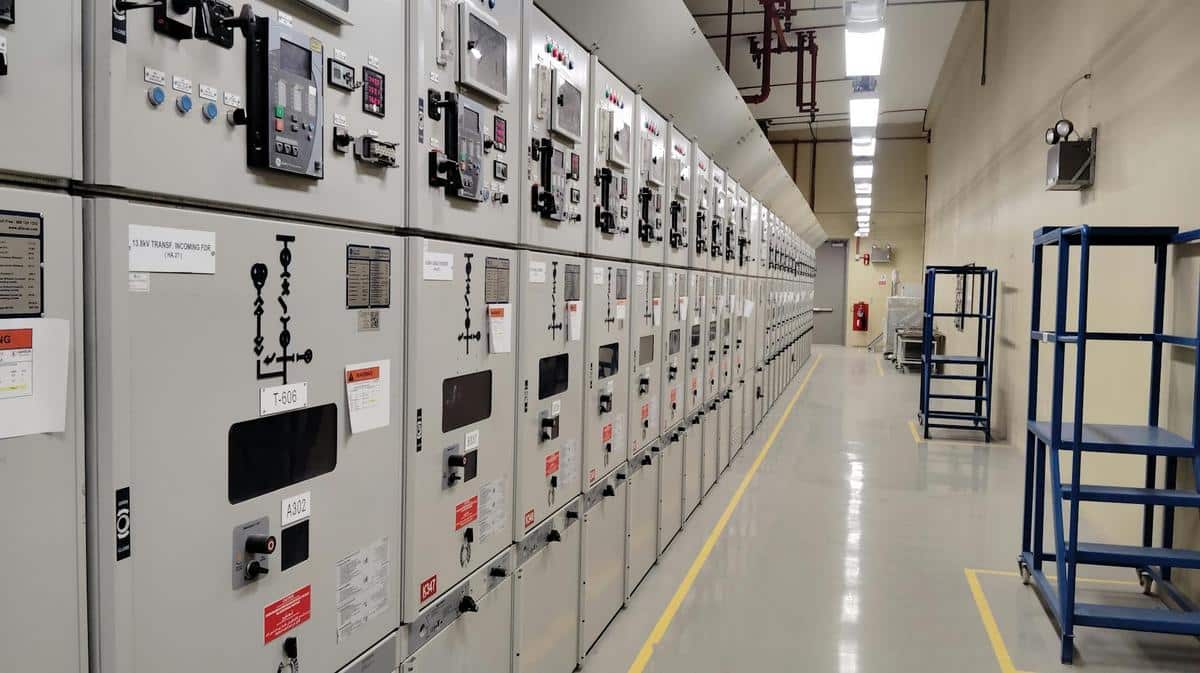
The Promise of Carbon Capture and Storage Technologies
As the world grapples with the pressing challenge of climate change, innovative solutions are emerging to address this global crisis. Among these, Carbon Capture and Storage (CCS) technologies are heralded as a promising tool in the fight against rising atmospheric carbon levels.
Carbon Capture and Storage (CCS) technologies are gaining attention as a viable method to mitigate climate change by capturing carbon dioxide emissions from industrial sources and storing them underground to prevent their release into the atmosphere. This approach not only helps reduce greenhouse gas emissions but also supports industries in transitioning towards more sustainable practices.
Understanding Carbon Capture and Storage
CCS involves three main steps: capturing carbon dioxide, transporting it, and storing it securely. Capture technologies can be applied to power plants and industrial facilities, effectively preventing large quantities of CO2 from entering the atmosphere. Once captured, CO2 is transported via pipelines or ships to storage sites, often geological formations deep underground.
Expert Opinions
According to Dr. Emily Carter, a leading environmental scientist, “CCS technologies are crucial in our efforts to achieve net-zero emissions, especially in sectors where decarbonization is challenging.”
Relevant Statistics
Recent studies indicate that CCS could potentially capture up to 90% of CO2 emissions from power plants, showing its significant potential in reducing the carbon footprint of fossil fuel-based energy production.
Real-World Examples
In Norway, the Sleipner CCS project has been operational since 1996, successfully storing over 16 million tonnes of CO2 in a saline aquifer beneath the North Sea. This project serves as a model for future CCS initiatives worldwide.
Actionable Tips for Supporting CCS
- Advocate for policies that fund and support CCS research and implementation.
- Educate others about the benefits and potential of CCS in reducing emissions.
- Support industries and companies that are investing in CCS technologies.
Comparison Table: CCS vs. Other Mitigation Strategies
| Strategy | Cost | Scalability | Effectiveness |
|---|---|---|---|
| CCS | High | High | Very Effective |
| Renewable Energy | Moderate | High | Effective |
| Energy Efficiency | Low | Moderate | Effective |
| Reforestation | Moderate | Moderate | Moderate |
Frequently Asked Questions
What is the main goal of Carbon Capture and Storage?
The main goal of CCS is to capture and store carbon dioxide emissions from industrial processes to reduce the overall carbon footprint, slowing the pace of climate change.
Is CCS economically viable?
While CCS technologies currently have high upfront costs, ongoing advancements and increased scale can improve economic viability over time.
Where is captured carbon stored?
Captured carbon is typically stored in deep geological formations, such as depleted oil and gas fields or deep saline aquifers.
Conclusion
The promise of Carbon Capture and Storage technologies lies in their ability to significantly reduce industrial carbon emissions, making them an essential component of comprehensive climate change mitigation strategies. By supporting and investing in CCS, we can take a crucial step toward a sustainable future. To learn more about CCS and its role in climate change mitigation, explore resources from reputable environmental organizations and scientific journals.